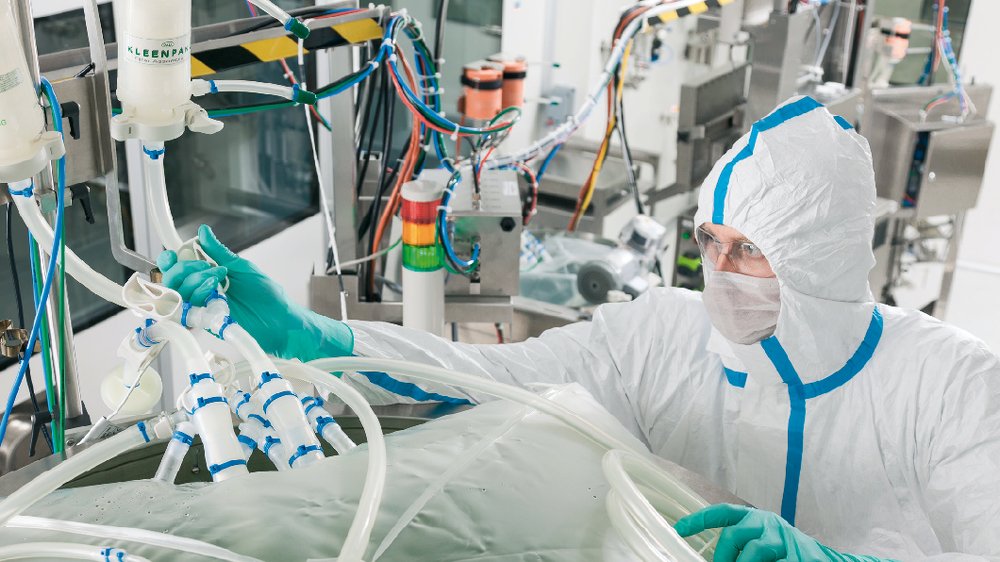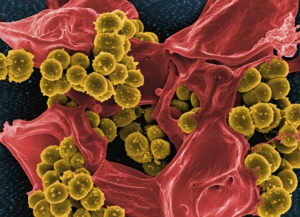
Biomanufacturing: Why single-use?
Along the way, one of the key decisions was the choice of the production set-up: stainless steel (SS) or single-use (SUS)? Currently, we can observe both the concept of fully single-use modular facilities, as well as a very recent investment into the total capacity of 100k+ L bioproduction in 12 stainless steel bioreactors. That only confirms that several aspects need to be taken into consideration before deciding on the manufacturing design.
Stainless steel vs. single-use
The key drivers for our decision process were: time, cost, flexibility, quality & safety, and the product characteristics. Generally, SUS can be considered a faster and cheaper set-up when compared to SS. The overall time for batch cycles is shorter, and capital investments and the cost of utilities are far lower than for SS manufacturing. However, SUS is strongly dependent on the number of suppliers, material requires storage space, and unlike stainless steel, has a limited shelf life, so it can simply expire. One of the biggest advantages of SUS is its flexibility, which enables relatively easy configuration for different processes, and fast changeover between batches. Such characteristics are crucial for businesses that require production of different products at the same time, and many changes in the process. Therefore, SUS should be considered the first choice for products with low-to-medium demand of drug substance including niche, orphan, or low-dose biopharmaceuticals, and also biosimilars as it allows to run several projects in parallel without a need for massive changes in manufacturing platform. Such flexibility can obviously not be achieved with stainless steel production, though can be easily outperformed by the scale of traditional set-up. For bioreactors up to 15kL, stainless steel is a highly desirable approach for products with high market demand or low productivity, to ensure the balanced COGs level.
The overall impact of the discussed production set-ups on product quality and safety is highly significant as it can directly impact therapeutic outcome. Generally, closed single-use systems prevent any contact with the environment, as well as with the residual amounts of the previously produced drug. The only concerns are related to any potential extractables and leachables from plastic material and their impact on the product quality. At the same time, the need for cleaning and sterilisation of stainless steel production lines significantly increases the risk of cross-contamination and is considered one of the main drawbacks of SS systems. Keeping all these technical aspects in mind, the final decision should align with current business needs and address plans for future.
Polpharma’s way forward
Since Polpharma Biologics is successfully offering services of flexible and speedy solutions in biopharmaceutical development and production, certain pre-requisites had to be fulfilled: the ability to easily change products, run clinical batches size, have freedom of process modulation to achieve the requested product features, and be able to expand production capacity. To achieve that goal, flexible, modular, and single-use systems were implemented at both Pilot Plant and Commercial Scale. 2 x 1.000L single-use facility allows for clinical and small size batches production. Commercial manufacturing will go as far as 12 x 2000L suites, and is planned to be operational in 2019/2020. Discussion is still ongoing on the final design, keeping in mind the latest innovations in ballroom concept and ISO9 environment.
by Anna Cyranka-Czaja, Adriana Ki?dzierska-Mencfeld, Polpharma




 Genentech Corp. / Roche
Genentech Corp. / Roche